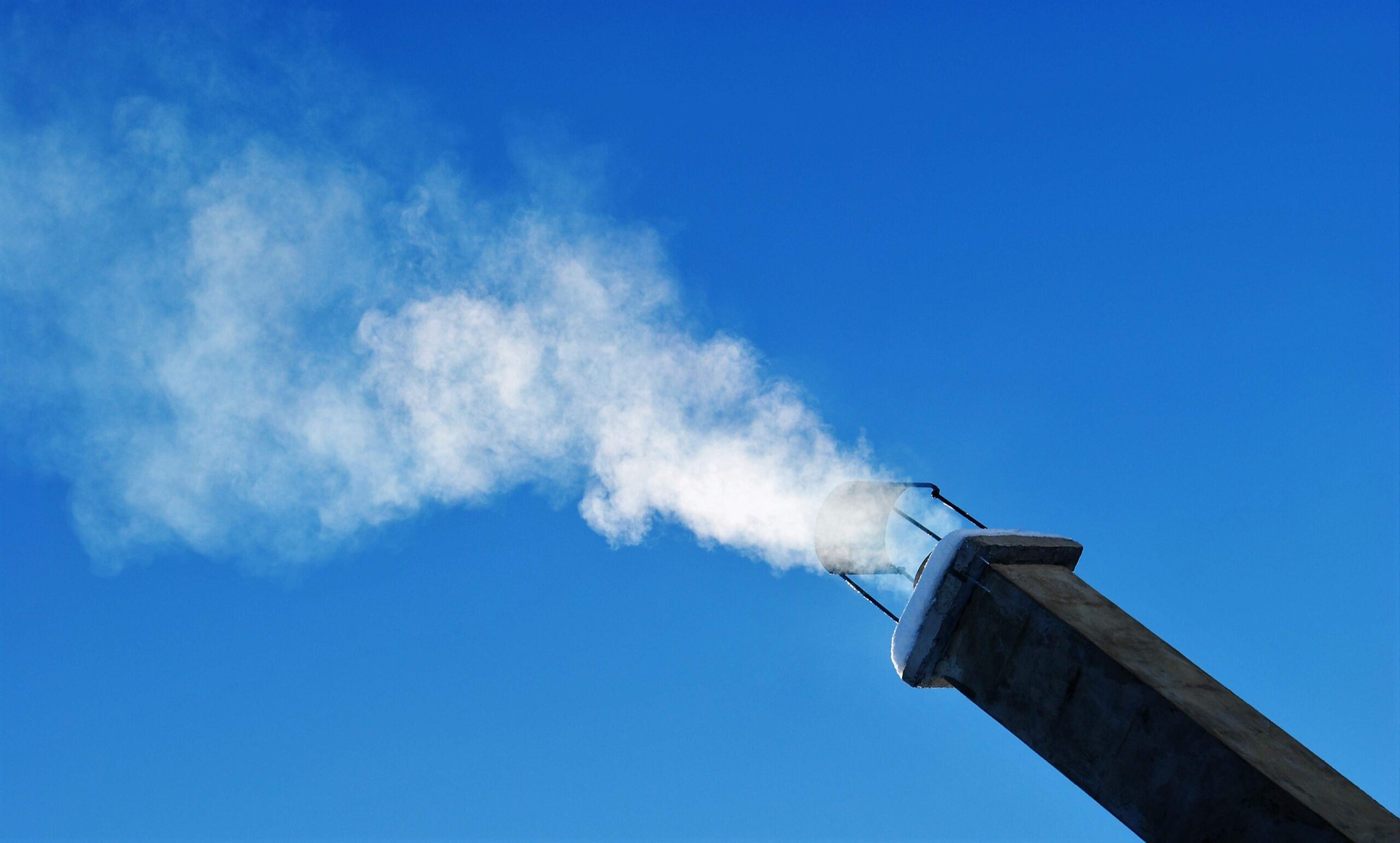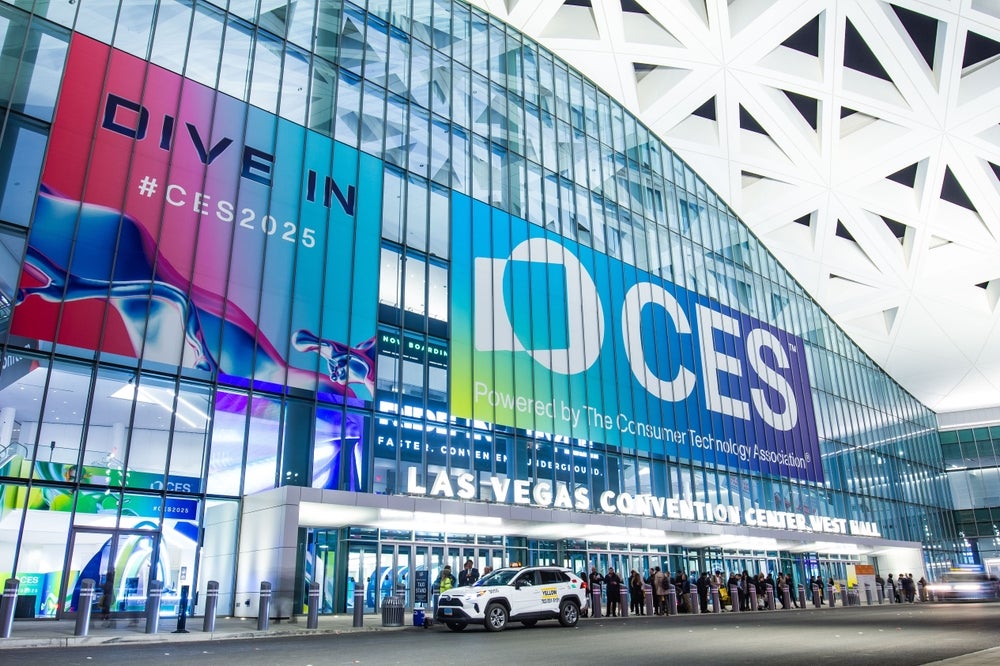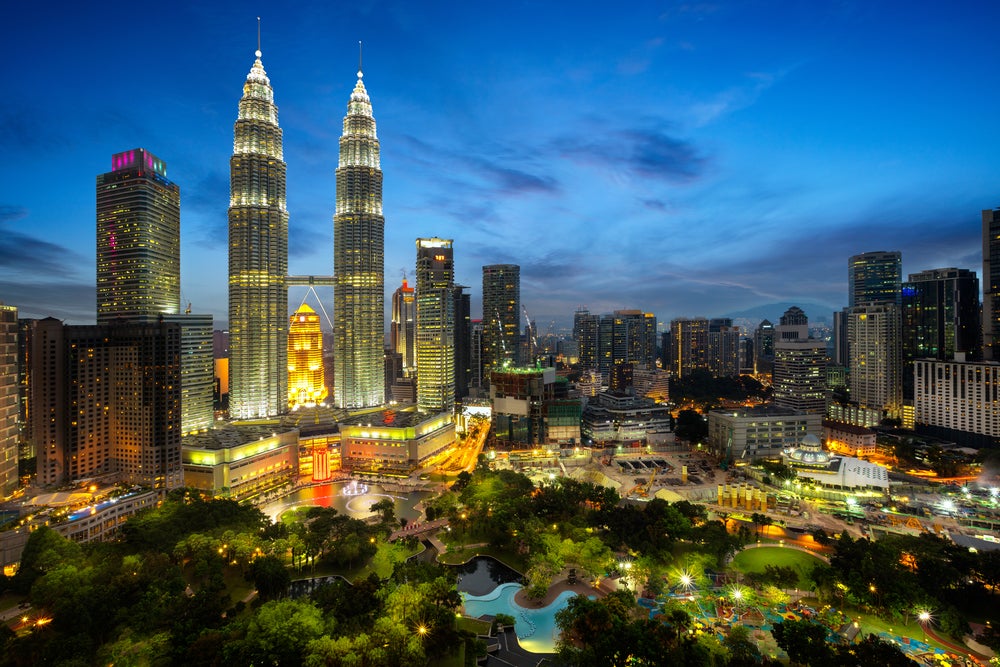
The head of the UN’s World Metrological Organisation (WMO) has warned that future generations will inherit “a more inhospitable planet” as a result of an unprecedented rise in carbon dioxide (CO2) levels.
Concentrations of the gas in the atmosphere have reached the highest level in 800,000 years, according to the UN agency’s Greenhouse Gas bulletin. The report notes that the abrupt changes in the atmosphere over the past 70 years “are without precedent”.
The WMO’s secretary-general, Petteri Taalas, said:
“Without rapid cuts in CO2 and other greenhouse gas emissions, we will be heading for dangerous temperature increases by the end of this century, well above the target set by the Paris climate change agreement.
“Future generations will inherit a much more inhospitable planet.”
Why are carbon dioxide levels so high now?
The report is based on the work of WMO’s Global Atmosphere Watch Programme which tracks the changing levels of greenhouse gases in the atmosphere. It said CO2 levels were particularly bad in 2016. This is because global average concentrations of the gas in the atmosphere have risen from 400 parts per million (ppm) in 2015, to 403.3ppm one year later.
How well do you really know your competitors?
Access the most comprehensive Company Profiles on the market, powered by GlobalData. Save hours of research. Gain competitive edge.

Thank you!
Your download email will arrive shortly
Not ready to buy yet? Download a free sample
We are confident about the unique quality of our Company Profiles. However, we want you to make the most beneficial decision for your business, so we offer a free sample that you can download by submitting the below form
By GlobalDataConcentrations of the gas are now 145 percent of pre-industrial levels, before 1750.
In general terms, greenhouse gases in the atmosphere have been increasing since 1750 for a few reasons: population growth, intensified farming practices which leads to increases in land use and deforestation, as well as industrialisation and an increase in energy use from fossil fuel sources like coal and gas.
Since the 1990s, greenhouse gases have caused a 40 percent increase in radiative forcing. This is what makes the world’s climate warmer.
During 2015-2016, there was an increase of 2.5 percent alone in radiative forcing. This has been attributed to human activities such as farming and burning of fossil fuels, as well as a particularly strong El Nino event — the weather cycle which causes the warming of sea surface temperature, usually concentrated in the Pacific.
Taalas said:
“CO2 remains in the atmosphere for hundreds of years and in the oceans for even longer. The laws of physics mean that we face a much hotter, more extreme climate in the future. There is currently no magic wand to remove this CO2 from the atmosphere.”
What does this mean?
The WMO notes that the last time the Earth experienced a similar concentration of CO2 was 3-5 million years ago. Then, the world’s temperature was 2-3 degrees warmer and sea levels were 10-20 metres higher than now.
The rise in sea levels is a concerning point. In the US, cities across California are suing oil companies for their role in causing climate change. The cities, including San Francisco, state that oil firms should pay for the infrastructure costs associated with rising sea levels.
Professor Martin Siegert, co-chair of the Grantham Institute for Climate Change and Environment at Imperial College London, commented on the report saying:
“This isn’t a surprise to me. That CO2 continues to rise despite efforts to curtail emissions tells me two things: 1. That we must redouble our decarbonising efforts if we are to have a meaningful impact on greenhouse gas levels; and 2. That the role of the oceans in moderating atmospheric greenhouse gases is, and has always been, a vital component of the earth system – our interference on this system needs to be understood if we are to better predict future CO2 levels.”






